Kojishine Skin Lightening Cream 20 gm: Your Ultimate Solution for Radiant, Even-Toned Skin
Unveil your skin’s natural radiance and say goodbye to persistent dark spots, hyperpigmentation, and uneven skin tone with Kojishine Skin Lightening Cream. This expertly formulated 20 gm cream is a powerhouse of clinically proven ingredients designed to target pigmentation at its source, revealing a clearer, brighter, and more luminous complexion. Whether you’re battling the after-effects of sun exposure, hormonal changes, or acne scars, Kojishine Cream offers a targeted, effective, and safe solution for skin that looks and feels rejuvenated.
Struggling with melasma, post-inflammatory hyperpigmentation (PIH), or stubborn age spots can be frustrating. Many products promise results but fail to deliver. Kojishine Cream is different. It’s not just a cosmetic cover-up; it’s a dermatologically tested treatment that works deep within the skin’s layers to correct pigmentation irregularities. Its multi-action formula not only lightens existing dark spots but also helps prevent the formation of new ones, giving you long-lasting clarity and confidence.
The Science Behind the Shine: Key Ingredients & Their Synergistic Action
The efficacy of Kojishine Cream lies in its potent blend of active ingredients, each chosen for its specific role in promoting skin health and luminosity. This isn’t just a single-ingredient formula; it’s a symphony of components working together for maximum impact.
- Kojic Acid Dipalmitate: The star ingredient, Kojic Acid, is a natural compound derived from fungi. Kojishine uses Kojic Acid Dipalmitate, a more stable and effective ester form of Kojic Acid. Its primary function is to inhibit the activity of tyrosinase, the key enzyme responsible for producing melanin (the pigment that gives skin its color). By suppressing melanin production, it effectively lightens dark spots and prevents new ones from forming. Unlike harsher agents, it’s known for being gentle yet powerful.
- Arbutin: Sourced from the bearberry plant, Arbutin is another celebrated natural skin lightener. It functions similarly to Kojic Acid by inhibiting tyrosinase, acting as a “blocker” for excess melanin synthesis. Its inclusion creates a dual-action melanin-suppressing effect, enhancing the cream’s overall lightening capabilities.
- Niacinamide (Vitamin ): A true skincare multitasker, Niacinamide is vital for a healthy skin barrier. In the context of skin lightening, it works by preventing the transfer of melanosomes (pigment packets) from melanocytes (pigment-producing cells) to keratinocytes (surface skin cells). This means even if some melanin is produced, Niacinamide helps stop it from reaching the skin’s surface and becoming a visible spot. It also has anti-inflammatory properties, making it excellent for reducing the redness associated with acne and rosacea.
- Vitamin C (Sodium Ascorbyl Phosphate): This stable form of Vitamin C is a potent antioxidant that protects the skin from free radical damage caused by UV rays and pollution. Free radicals can trigger inflammation and stimulate melanin production. By neutralizing them, Vitamin C not only helps prevent new spots but also brightens the overall complexion, giving your skin a healthy, youthful glow.
- Glycolic Acid: As an Alpha-Hydroxy Acid (AHA), Glycolic Acid provides gentle chemical exfoliation. It works by dissolving the bonds that hold dead, pigmented skin cells to the surface. This process accelerates cell turnover, literally sloughing away the darker, damaged outer layer of skin to reveal the newer, brighter, and more evenly toned skin beneath. This exfoliation also enhances the penetration and effectiveness of the other active ingredients.
- Octinoxate: What good is correcting pigmentation if you don’t protect your skin from the primary cause? Kojishine Cream includes Octinoxate, a trusted sunscreen agent that provides essential protection against UVB rays. This is crucial because sun exposure can darken existing spots and trigger new ones. By including sun protection, Kojishine works as a corrective and preventive treatment in one.
Who Can Benefit from Kojishine Cream?
Kojishine’s versatile formula is designed to address a wide spectrum of pigmentation concerns. It is an ideal choice for individuals dealing with:
- Hyperpigmentation: Generalised darkening of skin patches.
- Melasma: Dark, irregular patches, often triggered by hormonal changes (common during pregnancy or with oral contraceptives).
- Post-Inflammatory Hyperpigmentation (PIH): The dark spots left behind after acne, pimples, or other skin injuries have healed.
- Lentigines (Age Spots/Sun Spots): Darkened spots caused by cumulative sun exposure over the years.
- Uneven Skin Tone: When different areas of the face have a patchy or inconsistent colour.
- Dull Skin: For anyone seeking to restore their skin’s natural brightness and luminosity.
Key Benefits at a Glance
- Reduces Dark Spots: Effectively targets and lightens hyperpigmentation, melasma, and sun spots.
- Evens Skin Tone: Blends skin discoloration for a smoother, more uniform complexion.
- Boosts Radiance: Restores a natural, healthy glow by removing dull, dead skin cells.
- Prevents Future Spots: Inhibits melanin production and offers sun protection to keep skin clear.
- Dermatologically Tested: A safe and reliable formulation suitable for regular use.
- Enriched with Antioxidants: Protects skin from environmental damage and premature aging.
How to Use Kojishine Skin Lightening Cream for Best Results
Incorporating Kojishine Cream into your skincare routine is simple. Follow these steps to achieve maximum benefits:
- Cleanse: Start with a clean canvas. Wash your face and any other affected area with a gentle, non-irritating cleanser and pat dry with a soft towel.
- Apply Sparingly: Squeeze a small, pea-sized amount of Kojishine Cream onto your fingertip. A little goes a long way.
- Target and Massage: Gently apply the cream directly onto the affected areas (dark spots, patches of melasma). Massage it in a gentle, upward circular motion until it is completely absorbed. You may also apply a thin layer over the entire face for an overall brightening effect.
- Frequency: For best results, use the cream twice daily – once in the morning and once at night before bed.
- Sunscreen is a Must: While Kojishine contains a sunscreen agent, for prolonged sun exposure, it is imperative to apply a broad-spectrum sunscreen with an SPF of 30 or higher during the day. This protects the skin, prevents the reversal of results, and enhances the cream’s effectiveness.
Frequently Asked Questions (FAQ)
Here are answers to the 20 most common questions about Kojishine Skin Lightening Cream.
1. What is Kojishine Skin Lightening Cream primarily used for? Kojishine Cream is a targeted dermatological treatment designed to lighten and reduce various forms of skin hyperpigmentation. Its primary uses include treating melasma, post-inflammatory hyperpigmentation (acne spots), age spots (sun spots), and general unevenness in skin tone. It works to restore a clear and radiant complexion.
2. How exactly does Kojishine Cream work to lighten the skin? The cream employs a multi-pronged approach. Its main active ingredients, Kojic Acid Dipalmitate and Arbutin, work by inhibiting tyrosinase, the enzyme essential for melanin (pigment) production. Niacinamide then prevents the transfer of this pigment to the skin’s surface. Simultaneously, Glycolic Acid exfoliates the top layer of the skin, removing existing pigmented cells. Finally, Octinoxate provides sun protection to prevent new spots from forming.
3. What are the main active ingredients that make it effective? The key active ingredients are:
- Kojic Acid Dipalmitate & Arbutin: The primary melanin inhibitors.
- Niacinamide (Vitamin ): Prevents pigment transfer and strengthens the skin barrier.
- Vitamin C: An antioxidant that brightens and protects the skin.
- Glycolic Acid: An exfoliant that promotes cell turnover.
- Octinoxate: A UVB filtering agent for sun protection.
4. Is Kojic Acid safe for long-term use on the skin? Yes, Kojic Acid, particularly in its stable Dipalmitate form used in Kojishine Cream, is considered safe for topical use. It is a non-steroidal agent and is gentler than many other lightening ingredients like hydroquinone. However, as with any active ingredient, it’s always best to follow the recommended usage and consult a dermatologist for personalized advice on long-term treatment plans.
5. How long does it take to see visible results with Kojishine Cream? Skin cell turnover and the process of pigmentation correction take time. While some users may notice initial brightening within 2-3 weeks, significant and visible reduction in dark spots typically takes 4 to 8 weeks of consistent, twice-daily use. Results can vary based on the severity of the pigmentation, skin type, and adherence to the regimen, especially daily sunscreen use.
6. How should I properly apply Kojishine Cream? Cleanse your face thoroughly and pat it dry. Take a pea-sized amount of the cream and apply it directly to the pigmented areas. Massage gently until it’s fully absorbed. For overall brightening, you can apply a very thin layer to the entire face. Use it twice daily, in the morning and at night.
7. Can I use Kojishine Cream on my entire face or only as a spot treatment? You can use it both ways. For concentrated dark spots or patches of melasma, it is highly effective as a spot treatment. If you are looking to address overall dullness and achieve a more uniform skin tone, you can apply a thin, even layer across your entire face, avoiding the immediate eye and mouth area.
8. Do I absolutely need to use sunscreen with this cream? Yes, absolutely. This is non-negotiable for anyone using a skin-lightening product. The active ingredients in Kojishine make your skin more sensitive to the sun (photosensitive). Sun exposure without protection will not only negate the cream’s effects but can also worsen hyperpigmentation. Use a broad-spectrum sunscreen with at least SPF 30 every single day, even on cloudy days.
9. Is Kojishine Cream suitable for all skin types, including sensitive and oily skin? Kojishine Cream is formulated to be suitable for most skin types.
- For Oily/Acne-Prone Skin: Its non-greasy formula is generally well-tolerated. Niacinamide can also help regulate sebum.
- For Dry Skin: Ensure you use a good moisturizer alongside it to keep the skin hydrated, as the glycolic acid can have a mild drying effect.
- For Sensitive Skin: It is crucial to perform a patch test. Apply a small amount of cream on your inner arm or behind your ear and wait 24-48 hours to check for any redness, itching, or irritation before applying it to your face.
10. Will Kojishine Cream make my skin peel? The presence of Glycolic Acid, an exfoliant, can cause mild flaking or peeling, especially during the first couple of weeks of use. This is a normal part of the skin renewal process as the dull, pigmented cells are shed. If peeling is excessive or accompanied by severe irritation, reduce the frequency of use to once a day or every other day.
11. What is the difference between regular Kojic Acid and Kojic Acid Dipalmitate? Kojic Acid Dipalmitate is an ester of Kojic Acid. It is significantly more stable in formulations, meaning it does not oxidize and turn brown when exposed to air, light, or heat. This stability ensures that the product remains effective for longer. It is also more lipid-soluble, allowing for better penetration into the skin and is generally considered to be less irritating than pure Kojic Acid.
12. Can I use Kojishine Cream during pregnancy or while breastfeeding? It is strongly recommended to consult your gynecologist or a dermatologist before using any skincare product with active ingredients like Kojic Acid and Glycolic Acid during pregnancy or while breastfeeding. While topical absorption is minimal, professional medical advice is essential for safety.
13. Can I use Kojishine Cream with other active ingredients like Retinol or Tretinoin? Combining multiple potent actives can increase the risk of skin irritation, redness, and dryness. If you wish to use Kojishine with a retinoid, it’s best to alternate their use (e.g., Kojishine in the morning, Retinol at night) rather than layering them in the same routine. Always introduce new products slowly and consult a dermatologist for a tailored regimen.
14. What are the possible side effects of Kojishine Cream? The most common side effects are mild and temporary, including redness, slight itching, a warming sensation, or minor skin peeling, particularly when you first start using it. These usually subside as your skin gets accustomed to the product. If you experience severe burning, swelling, or a rash, discontinue use immediately and consult a doctor.
15. What happens if I stop using the cream? Will my dark spots come back? Hyperpigmentation can return if the underlying trigger (like sun exposure or hormonal factors) is still present. Kojishine Cream does not permanently alter your skin’s tendency to produce melanin. To maintain your results after achieving your desired skin tone, it’s crucial to continue rigorous sun protection. Some people may continue using the cream a few times a week as a maintenance routine.
16. Is Kojishine Cream a bleaching agent? Will it make my natural skin tone unnaturally white? No, Kojishine is not a bleach. Bleaching agents work by stripping the skin of all pigment indiscriminately. Kojishine Cream is a “tyrosinase inhibitor,” which means it works by regulating and normalizing the overproduction of melanin in specific areas. It helps restore your skin’s natural, even tone, it will not make your skin unnaturally white or change your original complexion.
17. Can Kojishine Cream be used to treat post-acne scars? Kojishine is very effective for the discoloration left by acne, which is known as Post-Inflammatory Hyperpigmentation (PIH) – the red or brown spots. However, it will not treat pitted or atrophic scars (indented scars), which require different treatments like microneedling or laser therapy.
18. Is this product dermatologically tested? Yes, the formulation of Kojishine Skin Lightening Cream is dermatologically tested to ensure its safety and efficacy profile when used as directed.
19. What is the shelf life of the 20 gm pack once it has been opened? Once opened, it is best to use the cream within the period indicated by the Period After Opening (PAO) symbol on the packaging, which is typically 6 to 12 months. Keep the cap tightly closed and store it in a cool, dry place away from direct sunlight to maintain its potency.
20. Where can I buy authentic Kojishine Skin Lightening Cream? Authentic Kojishine Cream can be purchased from reputable pharmacies, leading online pharmaceutical portals, and authorized cosmetic retailers. To avoid counterfeit products that could be ineffective or harmful, always buy from trusted sources.
References:-

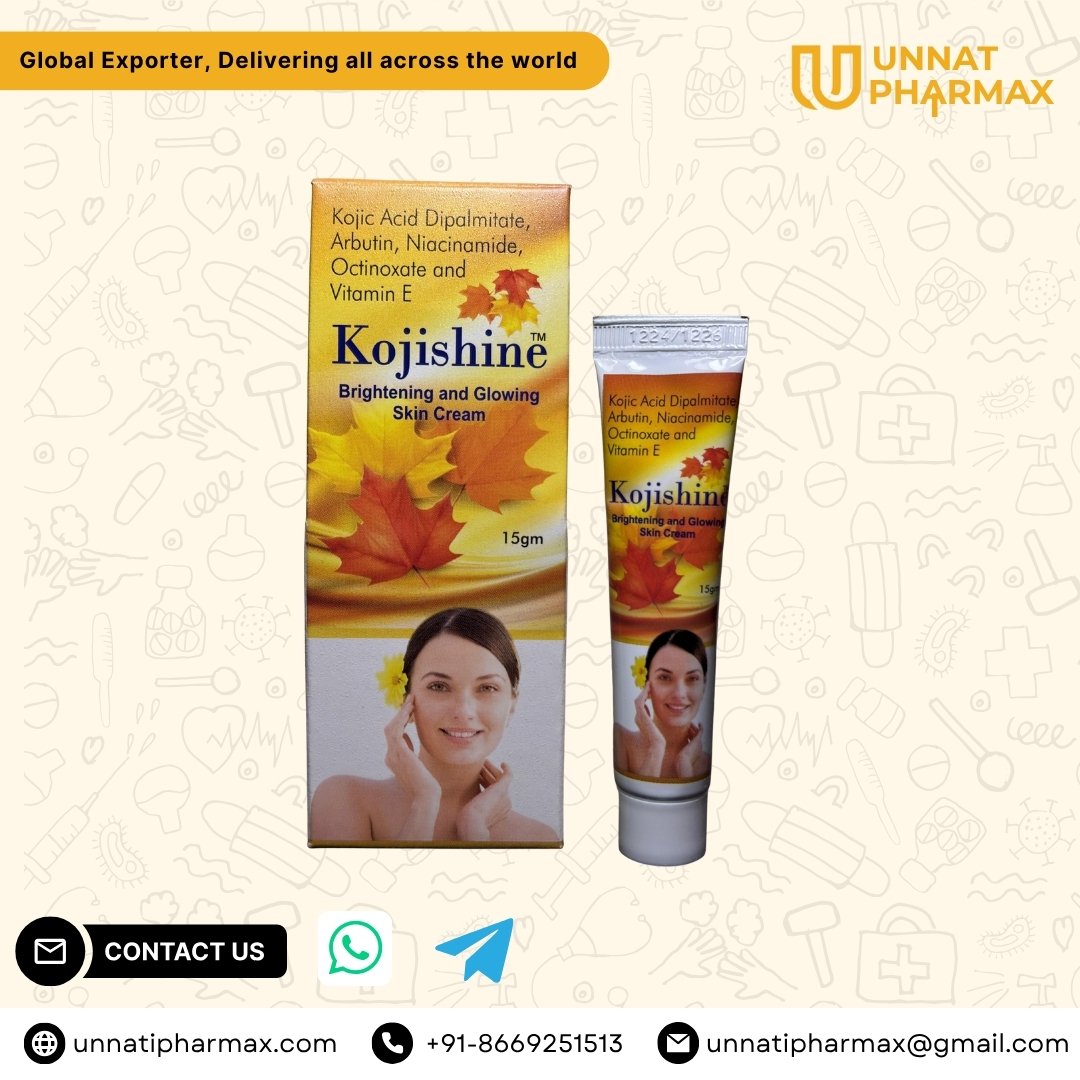
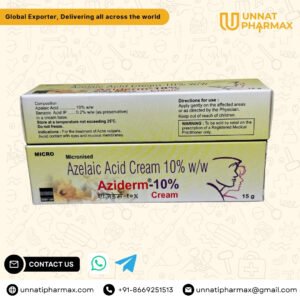
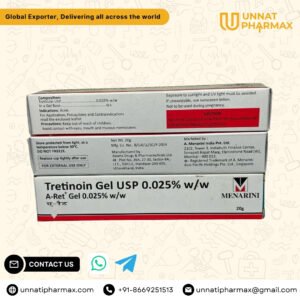
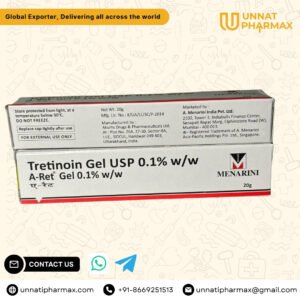
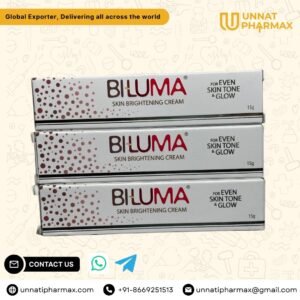

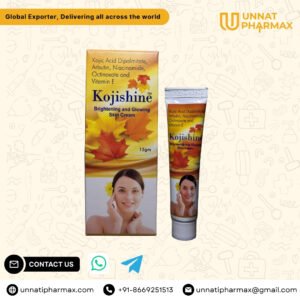
Reviews
There are no reviews yet.